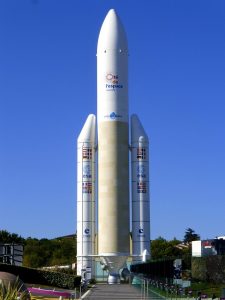10 Key Steps to Ace Your Aerospace Engineering Degree Preparation
Aspiring aerospace engineers should focus on mastering mathematics (especially calculus, differenti…….

Aspiring aerospace engineers should focus on mastering mathematics (especially calculus, differential equations, and linear algebra) and physics (mechanics, thermodynamics, and electromagnetism), as these are fundamental to understanding the discipline. Practical experiences through projects, internships, or competitions, along with advanced placement (AP) courses or International Baccalaureate (IB) programs, are essential for applying theoretical knowledge in real-world contexts like orbital mechanics and fluid dynamics. Proficiency in computational tools and software such as MATLAB, SolidWorks, or CAD is highly advantageous. Students should also engage with online courses and simulations to enhance critical thinking, problem-solving, and analytical skills, which are crucial for tackling the complex problems inherent in aerospace engineering. A strong foundation in these areas will prepare students for more advanced topics they'll encounter in their university studies and future careers in the field. Additionally, high school STEM clubs provide valuable hands-on experience and foster a community of like-minded peers, while internships and competitions offer practical insights into industry practices and allow students to network with professionals.
Embarking on a journey toward a degree in Aerospace Engineering requires strategic preparation that transcends textbooks and classroom learning. This article serves as your compass, outlining ten pivotal tips to fortify your foundation before you soar into university studies. From sharpening your mathematical acumen and scientific insight to immersing yourself in the world of aerospace software, this guide will equip you with the necessary skills, courses, and resources. Whether you’re transitioning from high school or seeking to enhance your existing knowledge, these steps are designed to prepare you for the rigorous demands of Aerospace Engineering. Dive into a comprehensive approach to build a robust foundation, ensuring you’re well-equipped to navigate the complexities of this fascinating field.
- Mastering Math and Science Foundations
- Excelling in Physics and Engineering Principles
- Enhancing Problem-Solving and Critical Thinking Skills
- Gaining Familiarity with Aerospace Software and Tools
- Engaging with Relevant Books, Online Courses, and MOOCs
- Participating in STEM Clubs, Internships, and Competitions
Mastering Math and Science Foundations
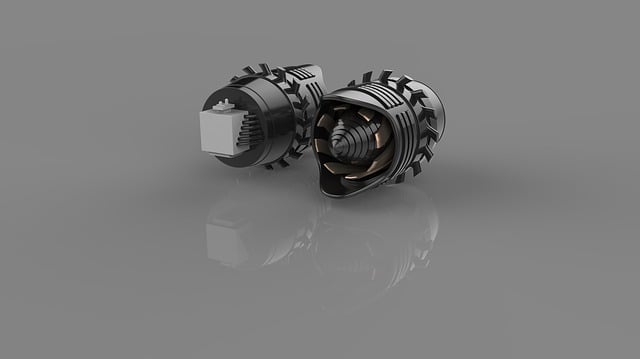
To lay a robust foundation for your future studies in aerospace engineering, it’s crucial to hone your proficiency in mathematics and science. These subjects form the bedrock of all engineering disciplines, providing the necessary tools to analyze, design, and solve complex problems. A solid grasp of calculus, differential equations, and linear algebra is indispensable, as these mathematical concepts are heavily utilized in aerospace engineering for modeling flight dynamics, optimizing aircraft designs, and performing aerodynamic analysis. Simultaneously, a strong command of physics, particularly mechanics, thermodynamics, and electromagnetism, will equip you with an understanding of the fundamental principles that govern the behavior of objects in the atmosphere and the interaction between different forms of energy.
In addition to formal coursework, engaging with real-world applications through projects, internships, or competitions can further solidify your theoretical knowledge. For instance, participating in science fairs or robotics clubs can provide hands-on experience that complements your academic studies. Utilize online resources and simulation software to visualize and experiment with concepts such as orbital mechanics and fluid dynamics. This practical application not only reinforces the theory but also fosters creativity and problem-solving skills essential for innovation in the aerospace field. As you prepare for the transition from high school to university, it’s advisable to take advantage of advanced placement (AP) courses or International Baccalaureate (IB) programs that offer more rigorous subject matter and a glimpse into college-level work. This proactive approach will help you acclimate to the rigorous demands of an aerospace engineering program and set the stage for a successful academic and professional journey in this exhilarating field.
Excelling in Physics and Engineering Principles
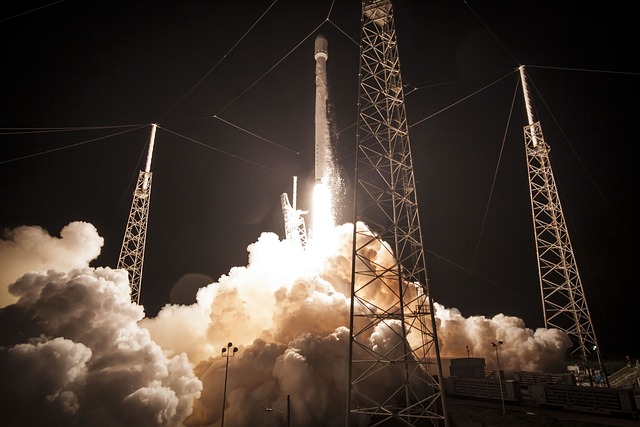
To excel in aerospace engineering, a solid foundation in physics and engineering principles is paramount. High school students should focus on mastering fundamental concepts in classical mechanics, including kinematics, dynamics, thermodynamics, fluid mechanics, and electromagnetism. These subjects form the bedrock upon which advanced aerospace engineering concepts are built. In addition to theoretical knowledge, hands-on experience with laboratory experiments or simulations can provide practical insights into how these principles apply in real-world scenarios. Aspiring students should also familiarize themselves with computational tools and software that are commonly used in the field, such as MATLAB, SolidWorks, or CAD programs, as they will be invaluable for both analysis and design tasks at the university level. Developing problem-solving skills through these subjects will help students adapt to the rigorous and innovative challenges of aerospace engineering studies.
Furthermore, understanding the mathematical underpinnings of calculus, differential equations, and linear algebra is essential, as these are the languages in which many engineering problems are expressed. A robust command of mathematics will enable students to model complex systems and solve practical problems with greater ease and efficiency. Engaging with advanced placement (AP) or international baccalaureate (IB) courses that cover these topics can provide a head start, as they often align closely with university-level material. By honing these skills early on, students will be well-prepared to tackle the intricacies of aerodynamics, orbital mechanics, and the principles of flight that await them in their aerospace engineering degree program.
Enhancing Problem-Solving and Critical Thinking Skills
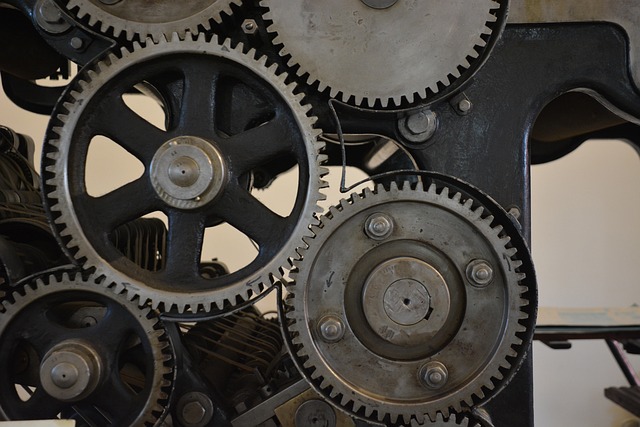
To adeptly navigate the complexities of aerospace engineering, cultivating robust problem-solving and critical thinking skills is paramount. As early as high school, students should engage with mathematics and physics, not merely as subjects to pass but as tools to dissect and understand the world around them. These disciplines form the bedrock upon which more advanced concepts in aerospace engineering are built. To sharpen your problem-solving acumen, tackle real-world problems through projects or competitions; this approach encourages an applied learning experience that mirrors the challenges faced by professional engineers.
Furthermore, critical thinking is honed through continuous practice and reflection. Encourage a habit of questioning the ‘why’ behind scientific principles and engineering solutions. Delve into case studies of successful aerospace endeavors, and analyze the decision-making processes that led to their success. Engage with resources such as online courses, simulations, and workshops that focus on logical reasoning and analytical thinking. By integrating these learning opportunities into your routine, you’ll develop the ability to approach complex problems methodically and innovatively, a skill invaluable throughout your aerospace engineering education and career.
Gaining Familiarity with Aerospace Software and Tools
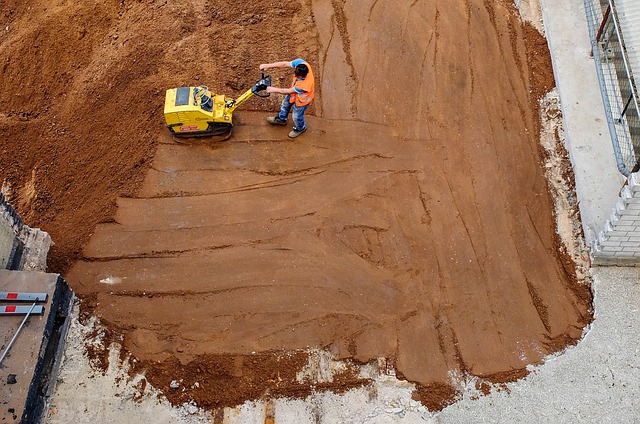
To successfully navigate the complexities of aerospace engineering, familiarity with specialized software and tools is paramount. Aspiring engineers should begin by exploring foundational programs such as CAD software like SolidWorks or AutoCAD for designing and modeling aircraft components and structures. These tools not only aid in visualizing concepts but also enhance problem-solving skills by allowing students to test ideas in a virtual environment. Additionally, dynamic simulation software like ANSYS or MATLAB is crucial for understanding the physics of flight, structural analysis, and fluid dynamics. Gaining proficiency in these programs through tutorials, online courses, and hands-on practice can provide a competitive edge. Many high schools offer introductory STEM courses that cover the basics, so it’s advantageous to participate in these if available. Furthermore, engaging with open-source alternatives or simplified versions of professional software can serve as an accessible entry point for beginners. By the time you transition from high school to university, a solid grasp of these tools will streamline your learning and allow you to focus on the intricate aspects of aerospace engineering with greater confidence and efficiency.
Engaging with Relevant Books, Online Courses, and MOOCs
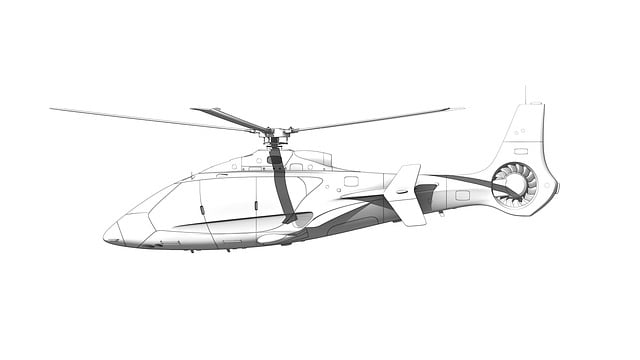
To lay a solid foundation for your future in aerospace engineering, delve into relevant books that cover fundamental principles of physics, mathematics, and engineering. These texts will not only introduce you to the theoretical underpinnings but also provide insights into historical developments and innovative advancements within the field. Seek out titles that focus on aerodynamics, orbital mechanics, thermodynamics, and fluid dynamics as these are pivotal areas of study in aerospace engineering. Additionally, leverage the wealth of online courses and MOOCs available to gain practical knowledge and skills. Platforms like Coursera, edX, and Khan Academy offer a variety of specialized courses that can help you understand complex concepts through interactive learning modules. These resources often provide video lectures, quizzes, and assignments that simulate university-level coursework. Engaging with these materials will help you become familiar with the academic rigor expected at the college level and can give you a head start in your studies. By combining the depth of traditional books with the accessibility and interactivity of online learning, you’ll be better prepared to tackle the challenges of aerospace engineering when you begin your degree program.
Participating in STEM Clubs, Internships, and Competitions
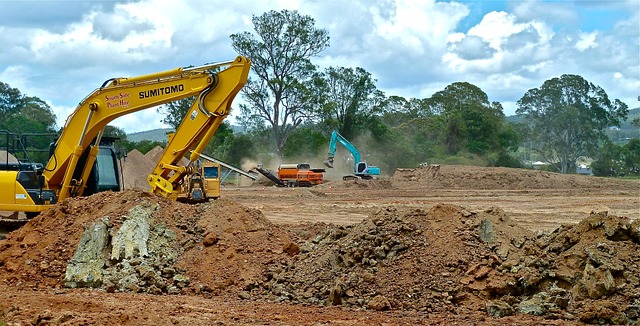
Engaging with STEM clubs during high school can provide a foundation for understanding complex concepts and foster a community of like-minded peers who share an interest in science, technology, engineering, and mathematics. These clubs often host workshops, guest speakers, and collaborative projects that mirror real-world challenges faced by aerospace engineers. Participating in these activities not only enhances theoretical knowledge but also develops problem-solving and teamwork skills, which are crucial for the collaborative nature of engineering projects.
Internships and competitions serve as practical platforms to apply theoretical knowledge in a professional setting. Internships offer hands-on experience within the aerospace industry, allowing students to work on real projects under the mentorship of experienced engineers. This exposure to industry practices can be invaluable, providing insights into the design, analysis, and testing processes involved in aerospace engineering. Competitions, such as those sponsored by organizations like AIAA or FIRST Robotics, simulate a fast-paced work environment where students must apply engineering principles to solve problems. These experiences can build confidence, sharpen technical skills, and even lead to networking opportunities with professionals and peers.
Embarking on a journey to pursue a degree in aerospace engineering is an ambitious endeavor that demands a solid foundation in both the theoretical and practical aspects of the field. This article has outlined ten essential tips designed to prepare you for the rigorous studies ahead, emphasizing the mastery of mathematical and scientific principles, proficiency in physics and engineering concepts, and honing your problem-solving and critical thinking skills. Additionally, familiarizing yourself with aerospace-specific software, tools, and resources is crucial, as is engaging with supplementary educational materials and active participation in STEM communities. By leveraging the wealth of information provided by books, online courses, and MOOCs, and by gaining hands-on experience through clubs, internships, and competitions, you’ll be well-equipped to navigate the challenges of aerospace engineering studies. As you transition from high school to university, remember that preparation is key, and with dedication and resourcefulness, your aspirations in this captivating field can soar to new heights.

